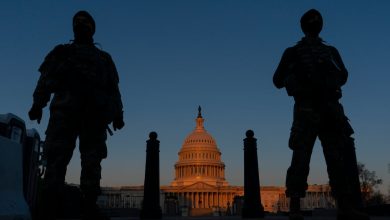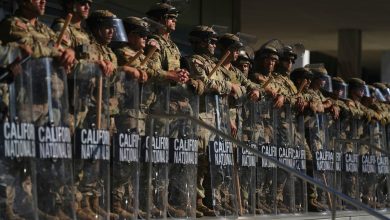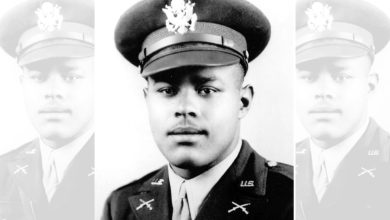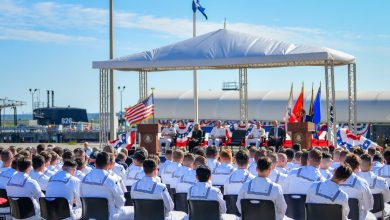Here’s who’s getting the Army’s first long-range assault aircraft
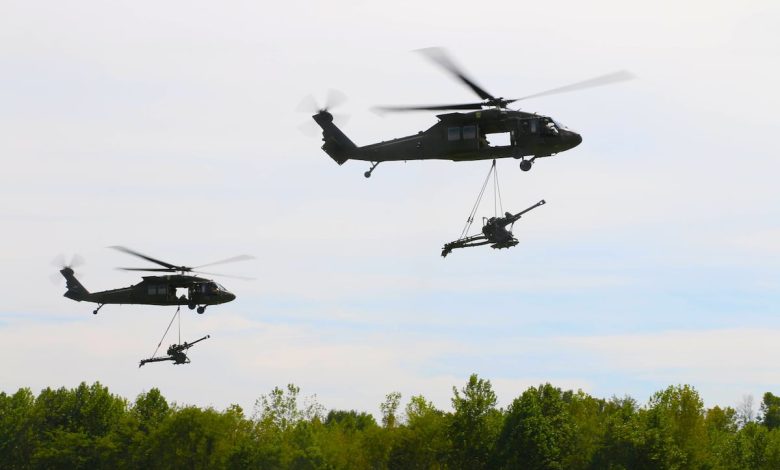
NASHVILLE, Tenn. – The U.S. Army will field its first Future Long-Range Assault Aircraft, commonly known as FLRAA, to the Screaming Eagles of the 101st Airborne Division at Fort Campbell, Kentucky, the Army vice chief of staff told an audience at the Army Aviation Association of America’s annual conference Wednesday.
“That decision was based on their mission profile and theater demands,” Gen. James Mingus said in prepared remarks. “This decision makes sense, the 101st is a formation built to deploy rapidly and operate in austere conditions. The 101st flies into real world contested environments, across wide terrain, often without the luxury of fixed support infrastructure. They need speed, endurance, and reliability.”
The operational insights from that first fielding “will shape initial doctrine, sustainment models, and maneuver concepts,” Mingus stated. “And we’re not waiting for a distant out-year to make this thing real. Under the Army Transformation Initiative, we are driving to get this aircraft online years ahead of schedule.”
When the Army will field these first aircraft remains to be seen, but the service has recently vowed to move faster to build and field the first FLRAA that is presently expected to be delivered in 2030.
“We expect to field the first aircraft in 2030 and that’s according to the plan as it stands today,” Col. Jeffrey Poquette, the service’s project manager for the program, told Defense News in an interview earlier this spring. He added that there “are opportunities … the Army is looking at to potentially see if we can go do something different and there’s different risks for going faster.”
Army Chief of Staff Gen. Randy George testified during a recent House Appropriations defense subcommittee hearing that he thinks the Army could move up the timeline to 2028.
“We’re just figuring out what we can do by working with them on how we can pull it as far left,” George said.
The service is finalizing its design for FLRAA by the end of the year that will ultimately take the place of UH-60 Black Hawk utility helicopters.
Bell beat out Lockheed Martin’s Sikorsky and a Boeing team following a competitive technology demonstration phase, in which each company built a flying demonstrator. Sikorsky and Boeing’s Defiant X featured coaxial rotor blades.
The design process for FLRAA, which will culminate in a critical design review either sometime toward the end of this fiscal year or in the beginning of the next, has allowed the Army to move much faster than in previous aircraft development programs, Poquette said.
“When we had our … preliminary design review we got to see and have access to that design on a level we’ve never had, which is going to make for a much better CDR,” he said. “We have a compressed test schedule. That’s really where the benefits of digital engineering are going to pay off.”
Jen Judson is an award-winning journalist covering land warfare for Defense News. She has also worked for Politico and Inside Defense. She holds a Master of Science degree in journalism from Boston University and a Bachelor of Arts degree from Kenyon College.
Read the full article here




